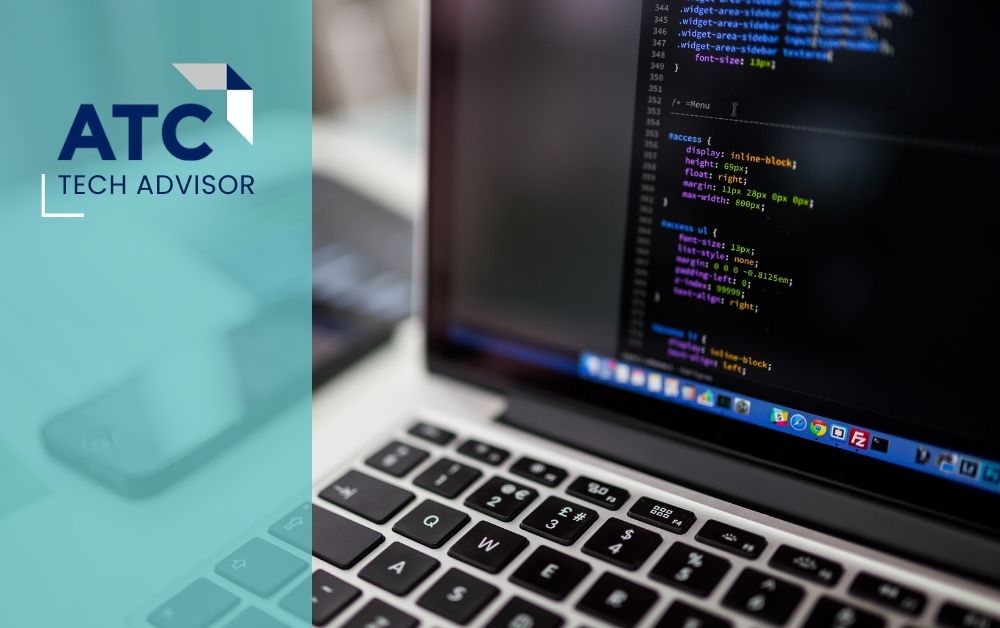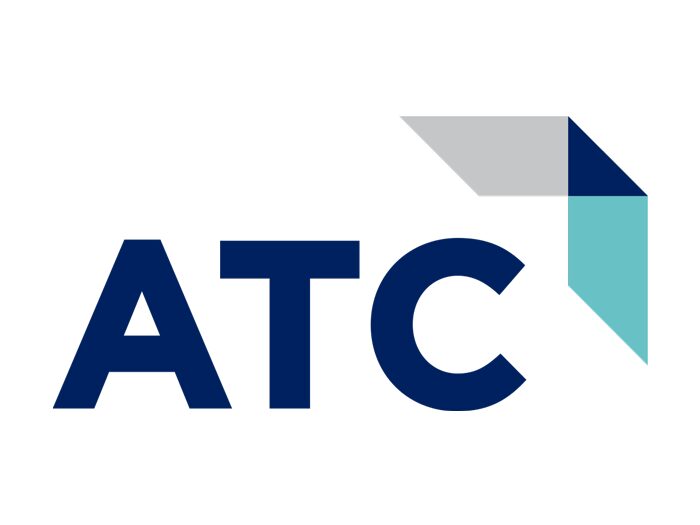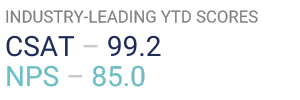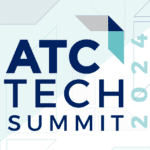
The moment computing became democratized and we came out of the “data center” into personal computers and began connecting them with local area networks (LANs), we saw cyber threats emerge. There are many reasons cyber criminals go on the attack, but the biggest motivator for cyber crime is money. With phishing attacks, malware and ransomware on the rise, the need for cybersecurity emerged, ushering in what we now refer to as edge computing.
Let’s go back to those first cyber threats: They may have started out innocently enough; maybe a college student studying engineering or computer science wanted to prove they could hack into your network and leave their own personal digital signature. Nothing too criminal, just a little bit of fun.
But at the dawn of digital transformation, we entered into a new era of computing. A new era of cyber threats and bad actors. With the rise of web applications, cloud computing and mobile applications, bad actors have become more determined, more hungry for information and personal data.
Now edge computing is critical. So what is it?
Edge Computing Explained
The concept of edge computing involves processing data closer to the source, at the edge of the network, rather than relying solely on centralized cloud servers. This decentralized approach brings numerous benefits, such as reduced latency, improved response times and enhanced data privacy. With sensitive data being processed and stored at the edge, it becomes vulnerable to various security threats. Securing the edge involves implementing robust security measures to protect data integrity, confidentiality and availability.
Edge Computing Secured
To give you deeper insight, we’re sharing our video as a helpful resource. In this thought provoking video, Theresa Lanowitz, head of evangelism at AT&T Business-Cybersecurity, takes a deep dive into the subject. You will learn the three most common characteristics of edge computing:
- A distributed model of management, intelligence and networks.
- Applications, workloads and hosting closer to users and digital assets that are generating or consuming the data on-premise or in the cloud.
- Software defined (comprised primarily of private, public or hybrid cloud environments).
Architectures for edge networks and security controls continue to exist in a hybrid world, both on premise and in the cloud. What does this mean for your IT infrastructure?
The Answer to Securing Your Network and Your Business
Cybercrime continues to exist in a hybrid world, both on premise and in the cloud. It’s time to secure the edge and boost cybersecurity measures for your business. And this video shares insights into how you can do exactly that. Learn the highest use cases for edge computing, both globally and across the industry.
Ready to take your cybersecurity to the next level? Hear from one of the top thought leaders in the industry on cybersecurity and receive insight on:
- Familiar components of edge computing today.
- Top characteristics of edge computing.
- Type of attacks against servers and data within the network edge.
- Types of networks for best use cases.
- Traditional vs. next generation cybersecurity controls.
- And much, much more.
Click the link below to view this insightful and thought-provoking video on how you can strengthen your cybersecurity posture and protect your most valuable assets.










